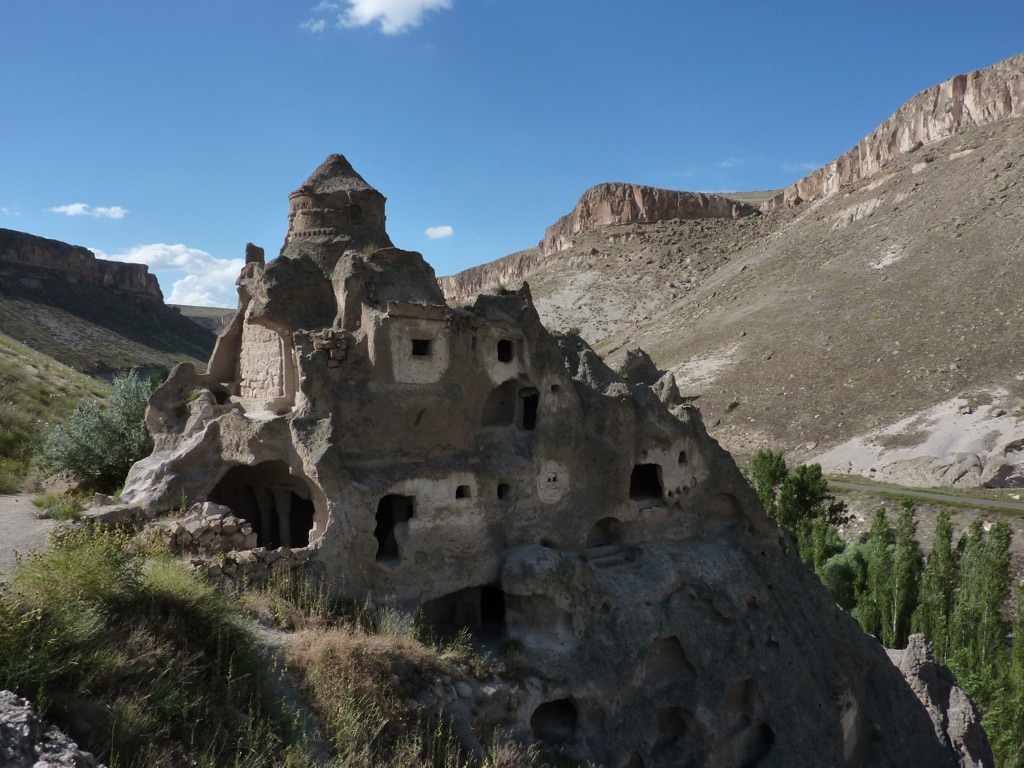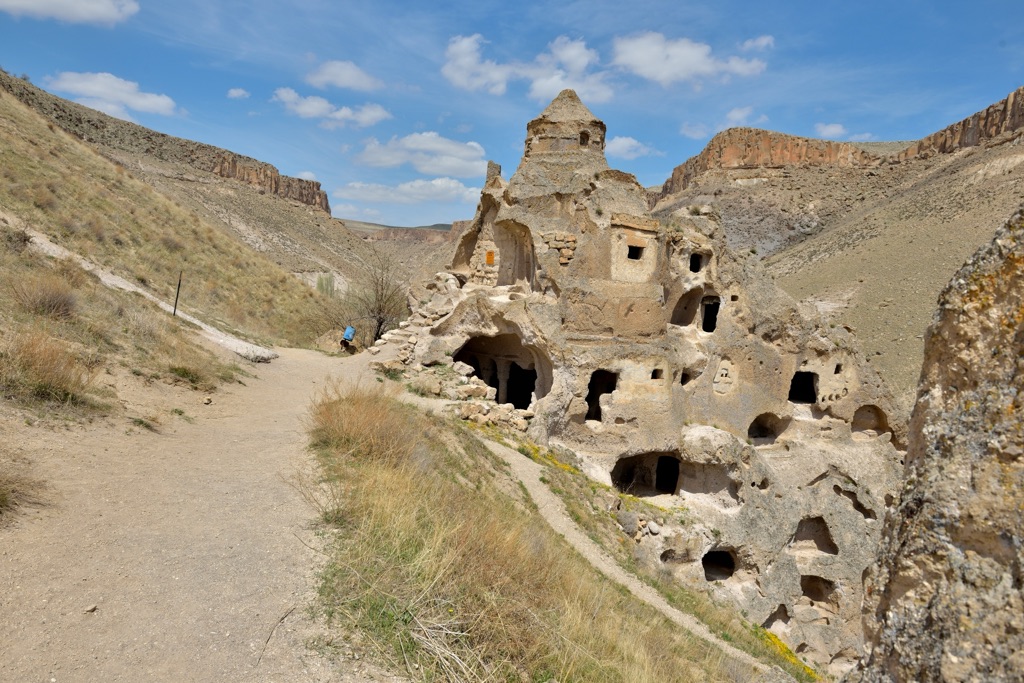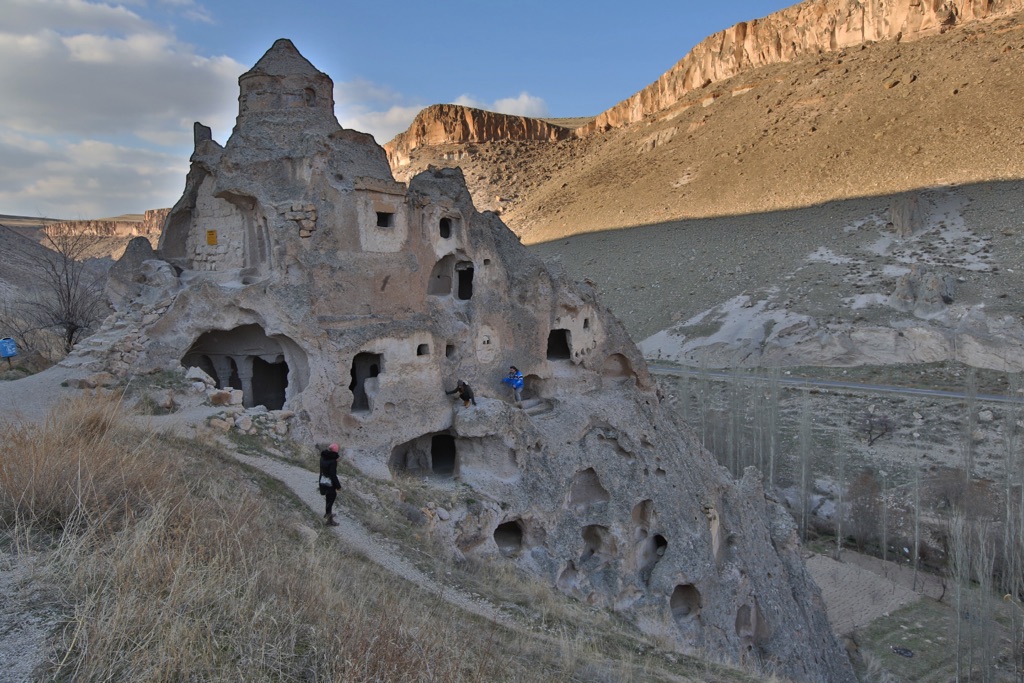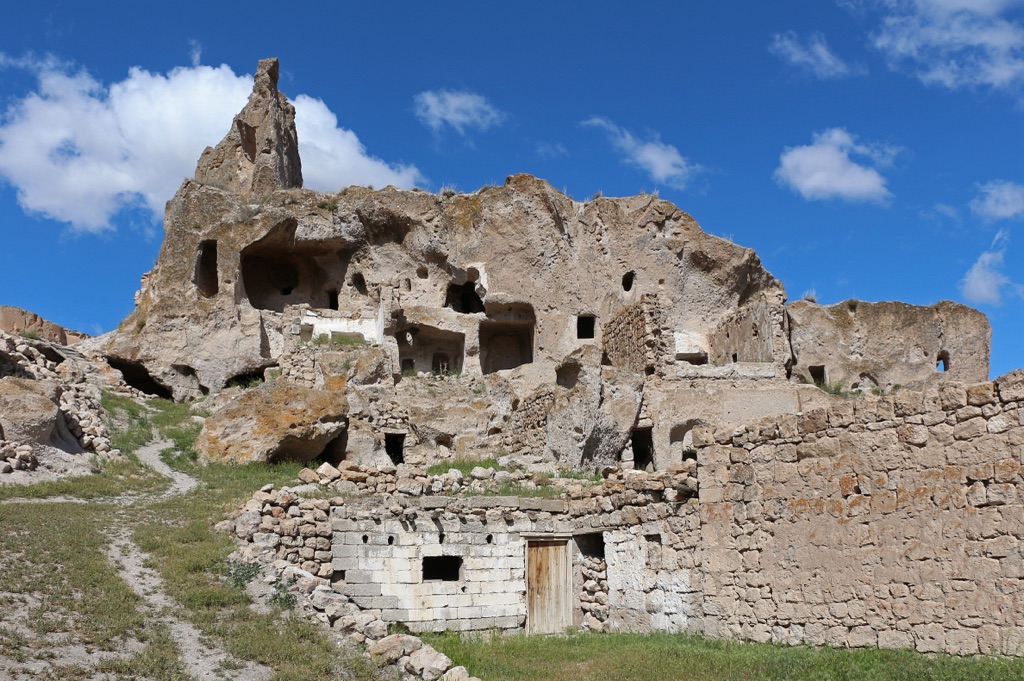The Soğanlı Valley, nestled in the central Anatolian region of Turkey, is a historical gem that boasts a rich tapestry of cultural heritage. Known for its striking rock-cut churches and frescoes, the valley is a testament to the Byzantine era’s religious and artistic fervor. The landscape is dotted with ancient dwellings, monasteries, and chapels, many adorned with intricate paintings that have withstood the test of time. This serene and picturesque valley not only offers a glimpse into early Christian life but also serves as a beacon of historical and archaeological significance.
Get your dose of History via Email
Historical Background of Soğanlı Valley
The Soğanlı Valley, with its rock-hewn sanctuaries, emerged as a monastic center in the Byzantine period. The discovery of the valley’s treasures is a relatively recent phenomenon, gaining scholarly attention in the 19th century. French historian Paul Lucas is often credited with bringing the valley’s significance to light during his travels in the early 1700s. However, systematic studies and excavations began much later.
Byzantine monks built the valley’s churches, carving them directly into the soft volcanic rock. These structures date back to as early as the 9th century. Over time, the valley became a monastic retreat, where monks could live in solitude and contemplation. The frescoes within these churches reflect the religious art of the time, with influences from both Eastern Orthodox and Syriac Christian traditions.
Throughout history, the valley has seen various inhabitants. After the decline of the Byzantine Empire, the area witnessed a period of neglect. However, it remained inhabited by local Turkish populations who used the existing structures for various purposes, including as dovecotes to collect guano for fertilizer.

Soğanlı Valley has not been the scene of major historical events like battles or sieges. Instead, its importance lies in its cultural and religious history. The valley’s churches and their frescoes provide valuable insights into the religious practices and artistic expressions of the Byzantine period.
Today, the valley is a significant site for both historical study and tourism. Efforts to preserve the frescoes and the structures are ongoing. The valley’s remote location has helped preserve its tranquility, making it a unique destination for those interested in history, art, and spirituality.

About Soğanlı Valley
The Soğanlı Valley is a stunning example of Byzantine architecture and artistry. The valley’s churches, carved from the region’s soft volcanic tuff, are a marvel of engineering and religious devotion. The rock formations provided a pliable canvas for the monks to create their sanctuaries, with the natural landscape offering protection and seclusion.
The churches vary in size and complexity, with some featuring simple, unadorned chapels, while others boast elaborate interiors with detailed frescoes. The pigments used in the frescoes were derived from natural materials, allowing the colors to remain vibrant over centuries. The architectural highlights include domes, apses, and intricate facades that mimic the styles of free-standing buildings of the period.
One of the most notable churches in the valley is the Karabaş Kilise (Black Head Church), famous for its frescoes depicting scenes from the life of Christ. Another significant structure is the Yılanlı Kilise (Snake Church), which features a unique fresco of Saint George slaying a dragon, symbolizing the triumph of Christianity over paganism.

The construction methods of the churches involved carving into the rock face, starting from the top and working downwards. This technique allowed the artisans to create the churches without the need for scaffolding. The natural insulation properties of the volcanic rock also provided a stable internal temperature, making the churches suitable for year-round use.
Aside from the religious structures, the valley also contains remnants of everyday life, such as kitchens, living quarters, and storage rooms. These domestic spaces offer a glimpse into the monastic lifestyle that once thrived in the valley.
Theories and Interpretations
The Soğanlı Valley’s churches and frescoes have sparked various theories and interpretations over the years. Scholars have debated the influences on the artistic styles, with some suggesting links to the Iconoclastic Controversy, a period in Byzantine history when the use of religious images was hotly debated.
The purpose of the valley’s monastic complex has also been a subject of study. While it is clear that the valley served as a religious retreat, some have proposed that it may have also been a pilgrimage site, attracting devout Christians from across the Byzantine Empire.
Mysteries still surround the valley, particularly regarding the origins of some of its iconography. Certain frescoes depict saints and biblical scenes that are not commonly found in other Byzantine art, suggesting a unique local tradition or outside influences.

Archaeologists and historians have used various methods to date the structures and frescoes, including stylistic analysis and carbon dating. These studies have helped establish a timeline for the valley’s development and use as a monastic center.
Despite the scholarly work, many aspects of the Soğanlı Valley’s history remain open to interpretation. The valley continues to be a site of academic interest, with each discovery adding to the understanding of Byzantine monasticism and art.
At a glance
- Country: Turkey
- Civilization: Byzantine Empire
- Age: 9th century AD onwards
Conclusion and Sources
- Wikipedia – https://en.wikipedia.org/wiki/Soğanlı_Valley

